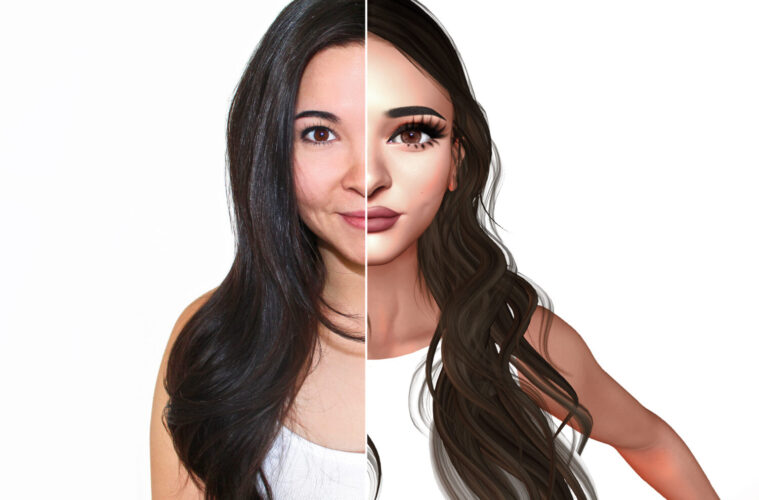Many of us have asked for more diversity in fashion— especially in the fashion industry. After all, not all of us are tall and slender with stunning bone structures and striking facial features. Though we can’t deny that people like them are gorgeous, the ones who don’t possess the same features as them sometimes don’t think that they can be just as equally attractive. Or that they’re given proper representation and consideration by the fashion industry. Enter present-day technology — it can now generate avatars that look like actual people, without actually hiring diverse models.
Will Avatars Solve the Lack of Diversity in Fashion?
People want to see others who look like them in the media. However, it’s commonly known that the fashion and film industry typically seeks people with distinct and unique faces. But recently, denim empire Levi’s announced that they’ll be using AI-generated models for inclusivity — though they’re still in the testing phase of the project. However, according to them, the reason why they decided to do this is because “With these body-inclusive avatars, the company aims to create a more inclusive, personal and sustainable shopping experience for fashion brands, retailers and customers.”
The things that can be done with the use of artificial intelligence are practically limitless — as our knowledge of technology continues to advance. Unlike how the fashion industry is currently recruiting models (where they either have to sign with an agency or get discovered, try to get cast, prepare their bodies with diet and exercise, pose for pictures or walk the runway, etc.) AI-generated talents can look and model pretty much however a brand wants them to.
Dr. Amy Gershkoff Bolles, the global head of digital and emerging technology strategy at Levi Strauss & Co., states, “While AI will likely never fully replace human models for us, we are excited for the potential capabilities this may afford us for the consumer experience, we see fashion and technology as both an art and a science, and we’re thrilled to be partnering with Lalaland.ai, a company with such high-quality technology that can help us continue on our journey for a more diverse and inclusive customer experience.”
Just like several other brands, Levi’s recognizes their consumers’ heeds — they, too, want their customers to see inclusivity. The company adds, “We know our customers want to shop with models who look like them, and we believe our models should reflect our consumers, which is why we’re continuing to diversify our human models in terms of size and body type, age and skin color.”
Artificial Intelligence: A Problem or a Solution?
Some people can’t quite wrap their heads around the AI-as-models situation yet. For instance, some aren’t even processing the fact that these are the things that technology can do now — make realistic-looking avatars. Others on social media aren’t too happy that AI-generated models have to be made — and made to be the company’s models — instead of hiring actual, real people to model for the brand.
Levi’s, however, responded to the backlash. They expressed their regret concerning the “tone” of their announcement to make avatars as their models. The company released a statement and said, “Our recent announcement of a partnership with Lalaland.ai did not properly represent certain aspects of the program,” the note also says, “For that, we take responsibility. We do not see this pilot as a means to advance diversity or as a substitute for the real action that must be taken to deliver on our diversity, equity and inclusion goals and it should not have been portrayed as such.”
The brand also clarifies, “We realize there is understandable sensitivity around AI-related technologies, and we want to clarify that this pilot is something we are on track to experiment with later this year in the hopes of strengthening the consumer experience.” Furthermore, the brand aims to inform people that they’re not “scaling back” and they still plan on hiring actual people to represent their team and merchandise.
Ultimately,
The future is now! And “now” is the time when clothing brands are also addressing the lack of diversity in fashion. One of the solutions that they’re working on is by using avatars as models — where it’s easier to render and animate — instead of hiring models who have to work in a cutthroat environment. However, not everyone agrees with this idea. Until we witness the next steps that the fashion industry will take, we may just have to wait and see if human models will eventually be replaced by avatars.
Advertising disclosure: We may receive compensation for some of the links in our stories. Thank you for supporting LA Weekly and our advertisers.

